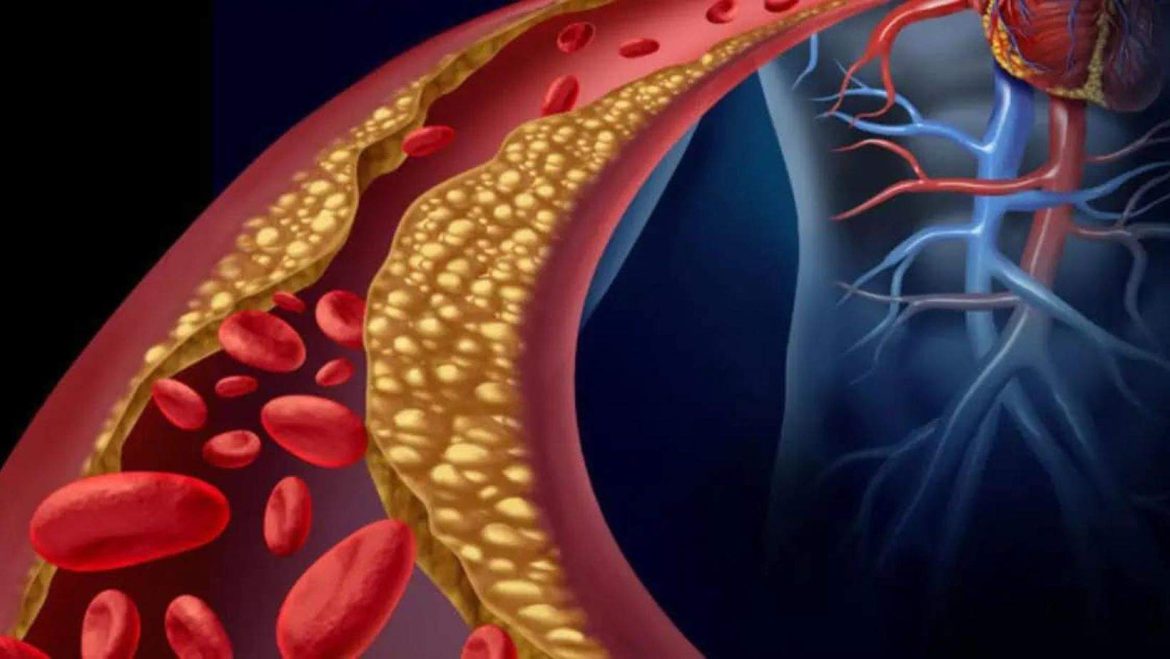Low blood pressure, or hypotension, is a condition characterized by blood pressure readings lower than 90/60 mmHg. While it is often considered less concerning than high blood pressure, hypotension can lead to serious health complications, particularly in the elderly. Understanding the symptoms is crucial for timely diagnosis and management. This article explores the five key symptoms of low blood pressure in the elderly, highlighting their clinical significance and the underlying mechanisms.
1. Dizziness and Lightheadedness
One of the most common symptoms of low blood pressure in the elderly is dizziness or lightheadedness, especially when standing up quickly. This phenomenon, known as orthostatic hypotension, occurs due to a sudden drop in blood pressure upon standing, causing insufficient blood flow to the brain. In older adults, the autonomic nervous system, which regulates blood pressure during position changes, may not respond as efficiently, leading to a delay in blood vessel constriction and subsequent dizziness.
Clinical Significance:
Risk of Falls: Dizziness can significantly increase the risk of falls, which are a leading cause of injury and mortality in the elderly.
Diagnostic Marker: Persistent dizziness can be a key indicator of underlying cardiovascular or neurological conditions requiring further evaluation.
SEE ALSO: 5 Symptoms of Low Blood Pressure When Standing
2. Fatigue and Weakness
Chronic fatigue and generalized weakness are frequently reported by elderly patients with hypotension. These symptoms result from reduced blood flow to the body’s organs and muscles, leading to inadequate oxygen and nutrient delivery. In the elderly, this can be exacerbated by coexisting conditions such as heart failure, anemia, or dehydration, which further compromise the cardiovascular system’s ability to maintain adequate blood pressure.
Clinical Significance:
Impact on Daily Activities: Fatigue and weakness can severely limit an elderly person’s ability to perform daily activities, reducing their quality of life.
Assessment and Management: Identifying hypotension as a cause of fatigue necessitates a comprehensive approach to management, including lifestyle modifications and medication adjustments.
3. Blurred Vision
Blurred vision is another symptom associated with low blood pressure in the elderly. This occurs when the optic nerve and retina receive insufficient blood flow, impairing visual function. Episodic blurred vision, particularly when standing or after a meal, can indicate fluctuating blood pressure levels, often linked to autonomic dysfunction or postprandial hypotension.
Clinical Significance:
Visual Safety: Impaired vision increases the risk of accidents, affecting the elderly’s ability to navigate their environment safely.
Comprehensive Evaluation: Persistent or severe visual disturbances warrant a thorough cardiovascular and ophthalmologic evaluation to rule out other causes and confirm hypotension as the underlying issue.
4. Cognitive Impairment And Confusion
Low blood pressure can lead to transient episodes of confusion or cognitive impairment, particularly in older adults. This symptom arises from reduced cerebral perfusion, leading to temporary brain dysfunction. Chronic hypotension can exacerbate existing cognitive decline, common in conditions like dementia, making it essential to differentiate between the two.
Clinical Significance:
Acute vs. Chronic: Acute confusion or delirium in the context of hypotension requires prompt medical attention to address the underlying cause and prevent long-term cognitive impairment.
Holistic Management: Addressing hypotension may improve cognitive function, emphasizing the need for holistic management in elderly patients.
5. Nausea And Fainting (Syncope)
Nausea and fainting are severe symptoms of hypotension that can have dire consequences for the elderly. Nausea often precedes fainting, a protective mechanism where the body attempts to restore cerebral blood flow by causing the individual to collapse. Syncope in the elderly can be particularly dangerous, leading to injuries and indicating significant cardiovascular instability.
Clinical Significance:
Immediate Intervention: Recurrent syncope requires immediate intervention to determine and treat the underlying cause, whether it be cardiac arrhythmias, autonomic dysfunction, or medication side effects.
Preventative Measures: Implementing preventative measures, such as ensuring adequate hydration, reviewing medications, and using compression stockings, can help manage symptoms and reduce the risk of fainting episodes.
Pathophysiology of Hypotension in The Elderly
Understanding the pathophysiology of hypotension in the elderly is crucial for effective diagnosis and treatment. The cardiovascular system’s ability to maintain blood pressure involves complex interactions between the heart, blood vessels, and autonomic nervous system. Aging affects these components in several ways:
Decreased Baroreceptor
Sensitivity: Baroreceptors, which detect changes in blood pressure, become less sensitive with age, leading to delayed compensatory mechanisms.
Reduced Cardiac Output: Age-related changes in heart function, such as decreased cardiac output and slower heart rate response, contribute to hypotension.
Vascular Stiffness: Arterial stiffness increases with age, impairing the ability to maintain consistent blood pressure levels, particularly during position changes.
Diagnosis And Management
Diagnosing hypotension in the elderly involves a comprehensive approach, including:
Blood Pressure Monitoring: Regular monitoring of blood pressure, both in supine and standing positions, to detect orthostatic changes.
Medical History and Physical Examination: A thorough medical history and physical examination to identify contributing factors such as medications, dehydration, or underlying health conditions.
Additional Testing: Diagnostic tests such as ECG, echocardiography, and blood tests to evaluate cardiac function and identify any secondary causes.
Management strategies for hypotension in the elderly include:
Lifestyle Modifications: Encouraging adequate hydration, salt intake (if not contraindicated), and gradual position changes to minimize dizziness and fainting.
Medication Review: Reviewing and adjusting medications that may contribute to hypotension, such as antihypertensives, diuretics, and certain psychotropic drugs.
Compression Stockings: Using compression stockings to improve venous return and reduce orthostatic hypotension.
Exercise: Promoting regular, moderate exercise to improve cardiovascular health and enhance autonomic function.
Conclusion
Low blood pressure in the elderly is a significant clinical concern that can lead to debilitating symptoms and increased morbidity. Recognizing the key symptoms—dizziness and lightheadedness, fatigue and weakness, blurred vision, cognitive impairment and confusion, and nausea and fainting—is essential for timely diagnosis and effective management. By understanding the pathophysiology and implementing appropriate interventions, healthcare providers can improve the quality of life for elderly patients suffering from hypotension.


